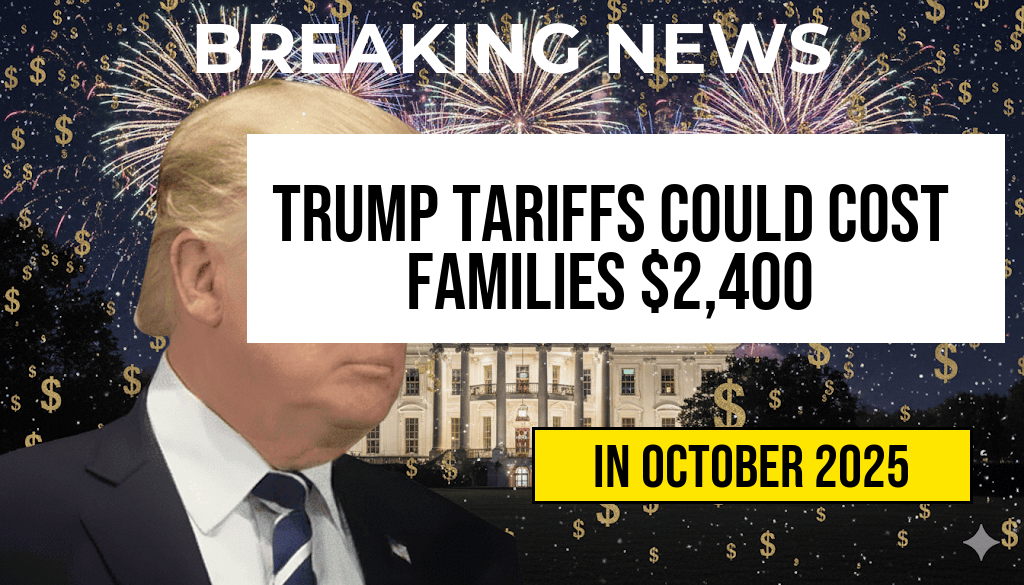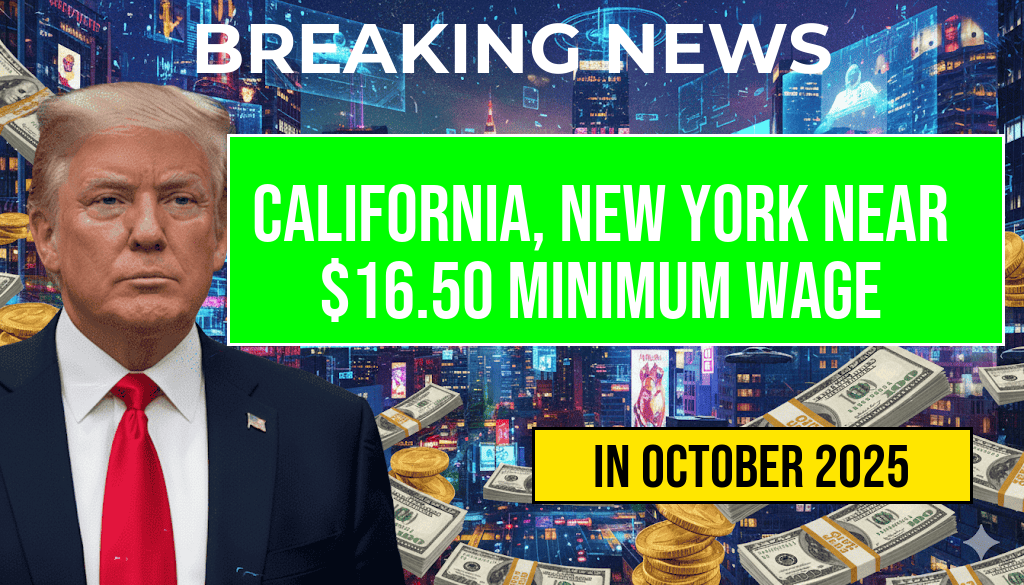Recent tariffs proposed under the Trump administration could impose an average annual cost of up to $2,400 on American households, according to economic analyses. Dubbed the “Turbulence Tax” by critics, these tariffs aim to reshape trade relations but may inadvertently burden families through increased prices on imported goods and higher costs across various sectors. The potential financial impact varies depending on household income, consumption patterns, and regional factors. As policymakers debate the scope and implementation of these tariffs, understanding the breakdown of the costs helps clarify how American consumers might feel the effects directly and indirectly.
The Mechanics of the Tariffs and Their Intended Goals
Tariffs are taxes imposed on imported goods, often used as leverage in trade negotiations or to bolster domestic industries. The Trump administration’s approach involved escalating tariffs on Chinese imports, along with broader measures targeting steel, aluminum, and other key commodities. The stated goal was to protect American manufacturing, reduce trade deficits, and promote fairer trade practices. However, these tariffs also ripple through supply chains, affecting prices for everyday items such as electronics, automobiles, and household goods.
How Tariffs Translate to Household Costs
Estimating the financial burden involves analyzing how tariffs influence prices across sectors. For example, tariffs on steel and aluminum increase manufacturing costs for automobiles and appliances, which are then passed on to consumers. Similarly, tariffs on Chinese electronics and clothing lead to higher retail prices. The cumulative effect can amount to hundreds or thousands of dollars annually per household, depending on consumption habits.
The “Turbulence Tax” Breakdown
| Income Group | Estimated Additional Annual Cost | Percentage of Income |
|---|---|---|
| Lower-income households (<$50,000) | $1,200 – $1,800 | 2.4% – 3.6% |
| Middle-income households ($50,000 – $100,000) | $1,800 – $2,400 | 1.8% – 2.4% |
| Higher-income households (>$100,000) | $2,000 – $2,400 | 0.8% – 1.2% |
This table illustrates the variation in costs based on income levels. Households in the middle-income bracket are projected to see expenses rise by roughly $1,800 to $2,400 annually, primarily due to increased prices on consumer electronics, clothing, and vehicles. Lower-income families are slightly more affected proportionally, given their higher expenditure share on imported goods. Higher-income households, with more disposable income and diversified consumption patterns, tend to experience a smaller relative increase.
Key Sectors Impacted by Tariffs
Automotive Industry
The automotive sector faces elevated costs due to tariffs on steel and aluminum, critical components in vehicle manufacturing. Consumers could see increased prices on new cars, with estimates suggesting an additional $300 to $700 per vehicle, depending on the model and manufacturer sourcing.
Electronics and Appliances
Tariffs on Chinese electronics, appliances, and components have already caused price hikes in popular consumer products. For example, a typical household might spend an extra $150 to $300 annually on smartphones, laptops, and home appliances, as manufacturers absorb some costs but pass along the rest to consumers.
Clothing and Retail Goods
Imported apparel and footwear, heavily affected by tariffs, could see retail price increases averaging 5–10%. For families that shop frequently for these items, the added costs might reach $100 to $200 per year.
Regional Variations and Consumer Adaptations
Economists note that the geographic distribution of tariffs influences regional cost burdens. Manufacturing hubs and ports with high import activity are likely to experience more immediate price increases. Some consumers may respond by shifting purchasing habits, seeking domestically produced alternatives, or delaying discretionary spending. Retailers and manufacturers also adjust their supply chains in response, which can mitigate or amplify the initial cost impacts.
Broader Economic Implications
While tariffs aim to bolster domestic industries, their broader economic effects include potential supply chain disruptions, retaliatory measures by trading partners, and increased inflationary pressures. These factors collectively contribute to the “turbulence” that impacts household budgets and corporate planning alike. The Congressional Budget Office (CBO) and other economic research entities continue to analyze the long-term effects, which remain uncertain given ongoing trade negotiations and policy adjustments.
Sources and Further Reading
- Trade Tariffs on Wikipedia
- Forbes: Economic Impact of Tariffs on Consumers
- Congressional Budget Office: Effects of Tariffs on the Economy
Frequently Asked Questions
What is the “Turbulence Tax” mentioned in the article?
The “Turbulence Tax” refers to the estimated additional costs that families may incur annually due to Trump tariffs, potentially reaching up to $2,400.
How do the tariffs impact the average family’s annual expenses?
The tariffs can increase the cost of goods and services for families, leading to an estimated $2,400 rise in annual expenses, according to the article’s breakdown.
Which products are most affected by these tariffs?
The tariffs primarily impact consumer goods such as electronics, clothing, and imported food items, contributing significantly to the overall increase in family expenses.
How is the $2,400 annual increase calculated?
The figure is based on an analysis of tariff costs spread across common household purchases, factoring in the increased prices on imported products.
What can families do to mitigate the impact of these tariffs?
Families can consider shopping locally, seeking alternative products, or adjusting their budget to offset the additional costs caused by the tariffs.








